Xperia Z5 Review: With Compact Designs And 4K Screens, Sony Smartphones Come With Impressive Tech But High Price Tags
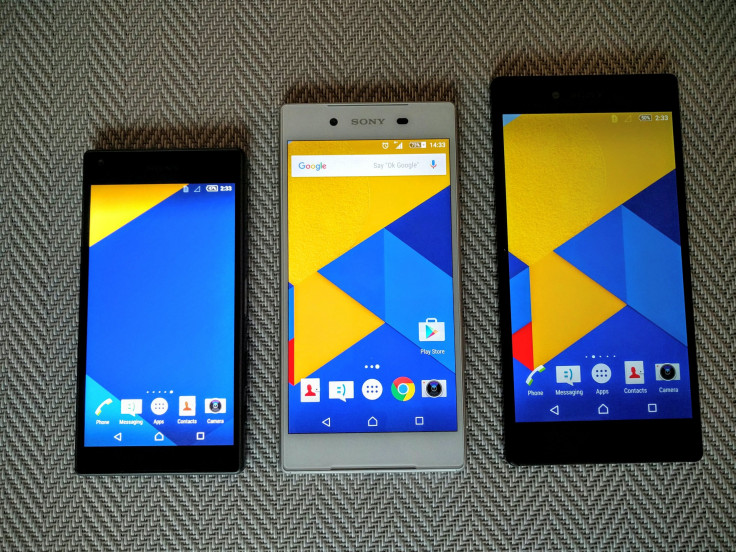
Sony's mobile unit has been struggling for years, so much so that some expect the company to spin it off, much as it did with its Vaio division last year. Unfortunately, a review of the company's Xperia Z5 range of smartphones indicates Sony's struggles are far from over.
That's too bad, because for my money, Sony has been making some of the best Android smartphones out there featuring great design, good battery life and excellent cameras. It was the first to waterproof its smartphones, a feature other manufacturers are now emulating.
For the last couple of weeks, I have been testing the Xperia Z5 range, which comes in three sizes: the main Xperia Z5 with a 5.2-inch screen; the big Xperia Z5 Premium, which is the world’s first 4K smartphone; and the smaller Xperia Z5 Compact with a 4.6-inch display.
Sony says all the models offer the same experience, with all featuring the same 23-megapixel camera sensor, fingerprint reader and the OmniBalance design language that Sony has been employing on its flagship smartphones for a few years now.
Design
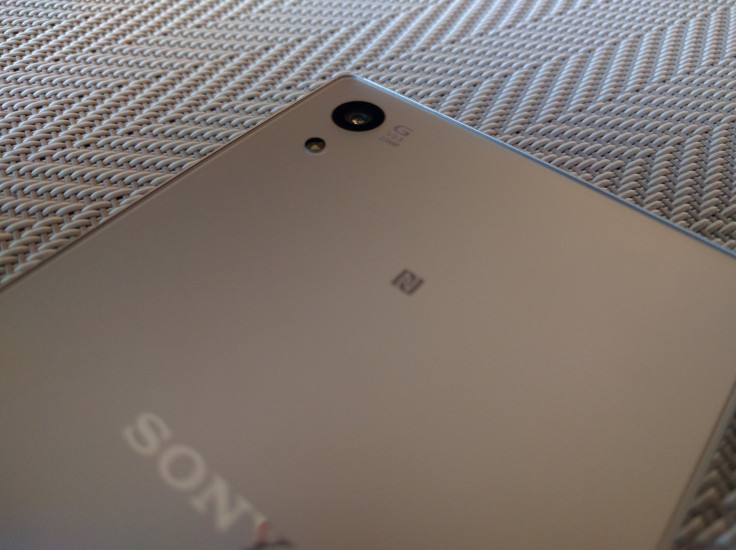
From a design perspective, the three phones look broadly similar to last year’s Xperia Z3 range, though that range didn’t include a bigger phablet model. The big design change this year is the frosted glass finish on the rear of the phone, and I have to say it looks great. The Xperia Z5 is all metal and glass, and it feels like a premium smartphone, though the slight lip on the metal frame around the edge of the phone is annoying.
The large Z5 Premium looks and feels like a bigger version of the Z5, and has a slightly smaller footprint than Apple’s iPhone 6S Plus, which also features a 5.5-inch screen. For me, the phone is just too big and the angular design makes it difficult to use one-handed.
Looking at the smaller model, the Xperia Z5 Compact features a plastic frame but retains the frosted glass rear cover. Compared with the larger smartphones in the range, it certainly feels like a very compact phone, and for those who dislike bigger devices, it could well be the perfect fit. All three models are well-built and all offer protection against dust and water and. Unlike in previous models in the range, the charging port and headphone jack are no longer hidden behind annoying little flaps.
While all three promise a similar experience, the big difference here of course is the screens. Let’s start with that headline-grabbing 4K display on the Xperia Z5 Premium. Ultra-high definition (UHD), or 4K, means the screen has a resolution of 2160 x 3840 pixels -- or something of the order of 8.3 million pixels crammed into a 5.5-inch display.
4K Resolution
The big question is, does it really make any difference on a screen that small, and if it does, is it really worth the hit to battery life? For me, the answer to both of these is simply no. First, there is very little 4K content you will want to stream to your smartphone, and when I did stream it (playing it alongside the same content on an iPhone 6 Plus) I could not see the difference.
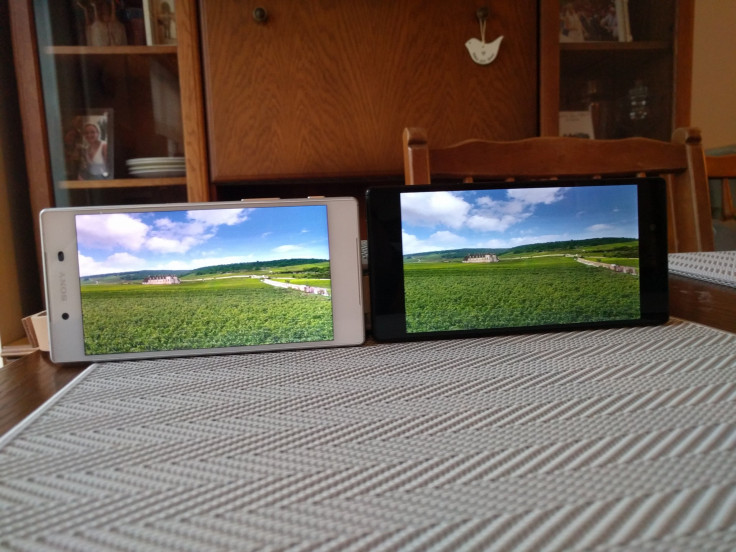
GSMArena has conducted much more scientific testing on the screen, but came to the same conclusion: “It turned out that the difference is impossible to see with the naked eye.”
I applaud Sony engineers' ability to get a 4K screen into a smartphone of this size, but I really question the company’s reasons for doing so, when that effort could have been focused on other areas - - like making its software more user-friendly or fast-tracking the update to Android 6.0 (Marshmallow).
The screens on the other two smartphones in the range are both standard Full HD panels, meaning they have resolutions of 1920 x 1080 pixels. While this sounds small compared to the Premium display, the results are in fact very acceptable, with both offering bright and responsive screens -- though they are not able to match the 2K screens on the LG G4 or Samsung Galaxy S6 in sharpness and clarity.
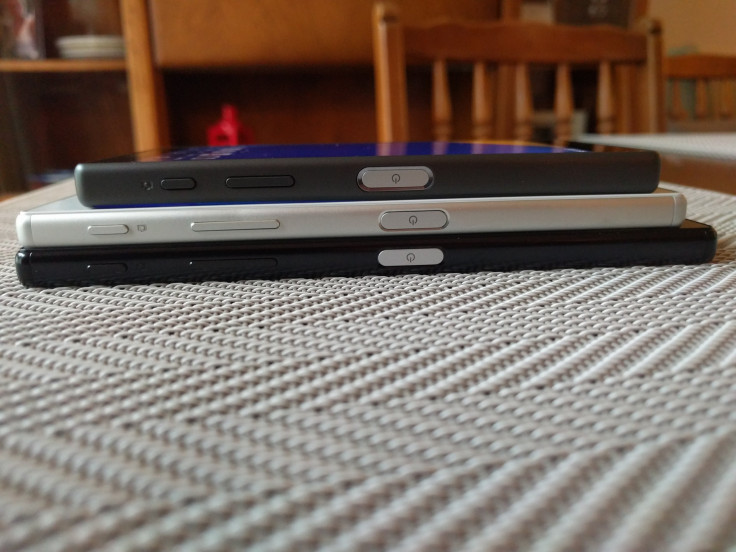
In terms of the phones’ processing power, all three models come with the Qualcomm Snapdragon 810 chip that caused so many overheating problems for the company’s previous flagship smartphone, the Xperia Z3+. I am happy to report that while the phones do get slightly warm when you are carrying out intense operations (recording 4K video, for example) it is nowhere near the level where you have to worry about it -- though Sony does still say that recording 4K video for extended periods is not advisable.
For the most part, I found the performance of the phones to be perfectly fine, but there were isolated occasions where things slowed down significantly and at one point everything froze, requiring a restart.
Fingerprint Reader And Camera
The big upgrade in terms of hardware from Sony is the inclusion of a fingerprint reader, which has been integrated into the redesigned home button, now on the right-hand-edge of the phone. The location of the fingerprint sensor makes a lot more sense than having it sit below the screen, as the thumb of your right hand falls naturally onto it when you pick up the phone. Sony’s sensor is fast and reliable, though trying to use it when holding the phone in your left had can be a struggle as you are reaching around the corner.
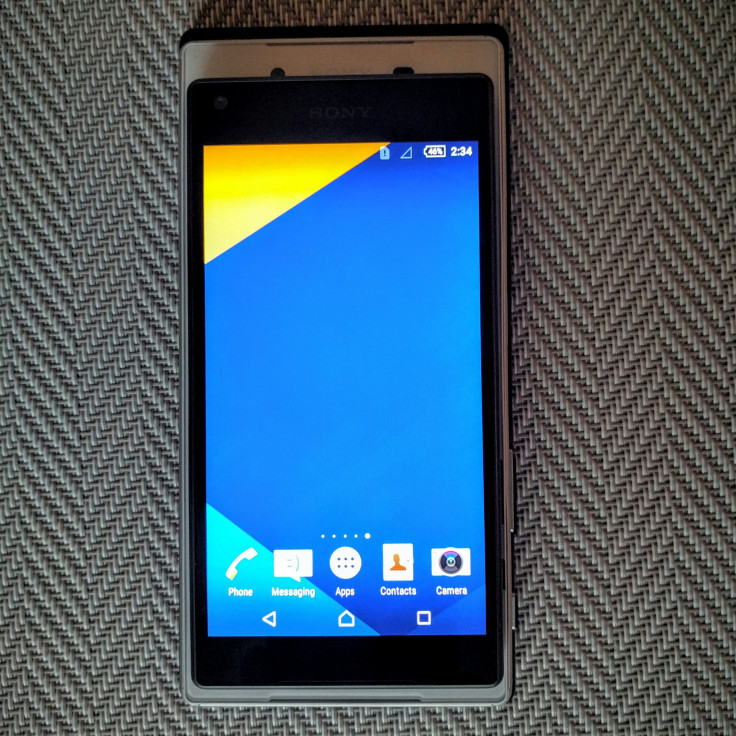
The sensor is as fast as the one on the Huawei Mate S smartphone -- which is mounted on the rear of the phone -- but unlike the Huawei solution, Sony requires a push (to activate the screen) before you can unlock the phone.
Sony has always leveraged the in-house expertise of its camera division to make the Xperia Z range among the best smartphones on the market for photography, and it has given the 2015 range a big overhaul to try to keep pace. The Z5 smartphones all feature a new-23 megapixel sensor on the rear coupled with a new ultra-fast autofocus system.
The results, while excellent, show how far some other manufacturers (notably LG and Samsung) have come in smartphone photography in recent years. The Z5 produces some stunning images in almost all lighting conditions, and while low-light performance is great, since the camera doesn't have optical image stabilization, any movement will result in blurry images.
Battery Life
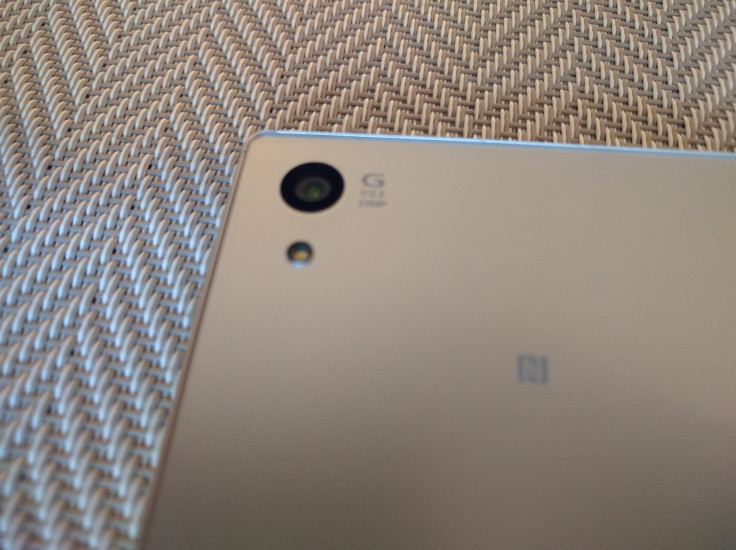
Sony has always played up its Xperia smartphones' battery life, claiming the Xperia Z5 will last you two days, but this is a bit of a stretch, though you do easily make it into a second day with all three models, with the Compact performing the best of all three.
Sony also has a couple of tricks to help make the most of your battery life, with Stamina Mode offering to limit connectivity when the screen is off, while Quick Charge 2.0 will give you five hours of use from a 10-minute charge -- though you will need to buy a different charger (costing $30) for this to work, which I think should really have been included in the box.
As I mentioned above, Sony needs to work on its software, or indeed it could scrap its own software altogether and run stock Android, which would in turn mean speeding up updates to the latest version of Android. Currently all Xperia Z5 models run Android 5.1 (Lollipop), with Sony saying Marshmallow is coming -- but without giving a specific date. Sony’s tweaks are not hugely problematic, but they are also pointless and I imagine most people will, like me, spend the first few minutes deleting all the widgets and apps from the Z5’s home screen -- something we really shouldn’t have to do.
Sony has yet to announce a concrete release date for the Xperia Z5 range in the U.S. and it has been equally quiet on pricing, but considering the phone is selling in Europe for 699 euro in Europe ($795) and 599 pounds in the U.K. ($925), you can expect it to come in somewhere between these two prices.
Release Date & Price
And that is a lot of money, for a phone which is playing catch-up with the fingerprint reader and with a lower screen resolution than the Galaxy S6 and LG G4 on the regular model. The Xperia Z5 Premium is only slightly more expensive that the regular model, selling for 629 pounds in the U.K., while the Compact model, at 449 pounds, is possibly the most overpriced of all three models considering its size.
Sony is launching its 2015 smartphones up to six months after many of its rivals and just months before Samsung is due to unveil the Galaxy S7, meaning it really needs to stand out from the crowd to make an impact -- and while the Xperia Z5 range features nice design, a good camera and decent battery life, the phones are also expensive and offer little to challenge the likes of the iPhone and Galaxy S6 range, which dominate the premium end of the market.
Sony's bad timing and high prices will hurt these phones, meaning its struggles in the smartphone business are likely to continue. And no, they won't be solved by a 4K display.
© Copyright IBTimes 2024. All rights reserved.




















